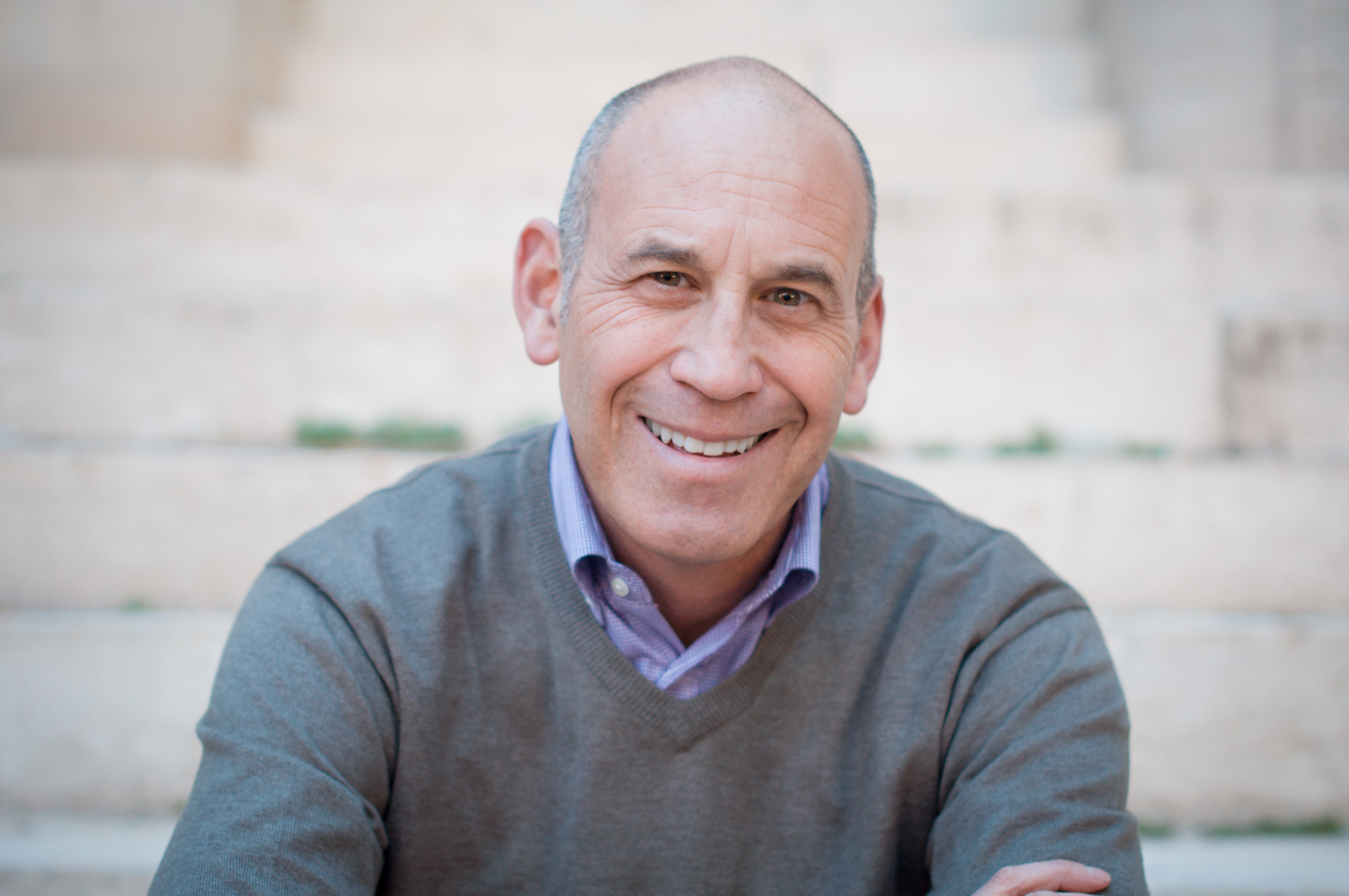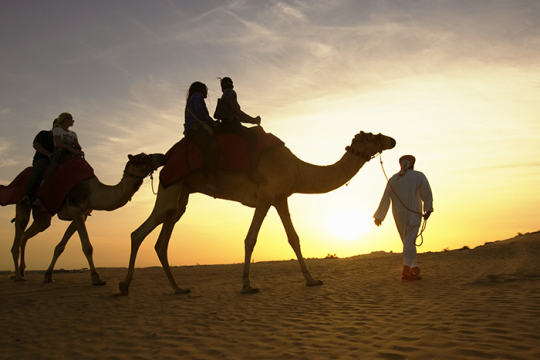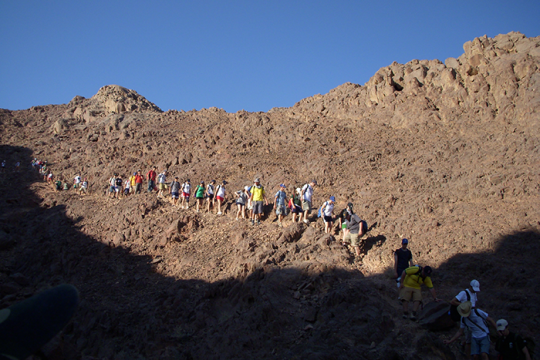
The first time I participated in a gay pride parade was in 1981, when I marched with my mother as part of the contingent from PFLAG (Parents and Friends of Lesbians and Gays). Those were the early days of gay pride (the first gay pride parade was held in 1970 in New York City) and many of us were inching our way out of those proverbial closets and coming to terms with issues of identity, coming out to families, and fighting discrimination at our jobs. Marriage equality was not on the horizon and the AIDS pandemic was a few years away.
Fast forward almost 40 years. I’m still marching, but now in the gay pride parades in Israel, ever since our family – my husband, Rabbi Donald Goor, I, and our cat Merlin – made aliyah in 2013. (Merlin, by the way, does not march.)
Although Jerusalem and Tel Aviv are only 36 miles apart, there is a world of difference in their gay pride parades.
Tel Aviv is a booming, bulging Mediterranean metropolis with a population that is mostly secular or mildly observant. During Gay Pride week, the main boulevards and streets are festooned with the rainbow flag. Tel Aviv boasts one of the world’s largest LGBTQ communities, with recent estimates claiming that 25 percent of the population identify as gay or lesbian. Tel Aviv Pride is a weeklong festival drawing revelers from all over the globe to a film festival, parties, speakers, dinners, political events, more parties, and still more parties.
The week culminates in the Pride Parade that begins in the center of the city and slowly inches its way down to the beach where thousands join in a seaside dance until just a few minutes before Shabbat begins. With 200,000 participants, it is one of the largest Pride Parades in the world, bringing together political, social, religious, and cultural organizations – along with floats featuring local celebrities, speedo-clad dancers, and a large assortment of drag-queens. It is a roving party with thousands marching and thousands more waving from balconies and spritzing the revelers with super-sized water cannons as the parade winds its way through Tel Aviv’s streets.
Jerusalem Pride is a celebratory parade that co-mingles with the political. As one of the world’s most venerated holy cities, Jerusalem is home to many in the ultra-religious communities of Jews, Christians, and Muslims who feel that a parade celebrating the LGBTQ community is an affront to the city’s sacred nature. But Jerusalem is not only a home to the religious and the sacred: it is a city of close to a million people who embrace all varieties of observance and belief. As the date of the Jerusalem Pride Parade approaches, right-wing and religious members of the Knesset and some ultra-Orthodox rabbis will attempt to stop the parade, as they have done in the past. Although it’s doubtful they will succeed, they are not deterred. They see it their duty to protest. In years past, as I marched through Jerusalem’s streets, I was yelled at, called an “abomination,” and had an Orthodox Jewish man tell me I was lower than an animal.
In 2015, as I marched alongside two straight friends who had come to show their support, we heard screams about 150 feet ahead of us as an Orthodox Jew stabbed many people. One young woman, Shira Banki, died of her wounds shortly after the attack. With instructions from the parade organizers, we continued our march down Keren HaYesod. Sadly, what was to have been a celebration in the park became a vigil for the wounded as prayers and songs were offered on behalf of those injured.
Last year, I marched again and was joined by 25,000 others from around the country. Gay, straight, religious, secular…we all came to show support for Jerusalem Pride and to march in solemn memory of Shira Banki. Under the watchful eyes of 2,000 police officers, we joined together in celebration and affirmation of who we are and our love for Jerusalem.
Jerusalem is a choice destination for millions of pilgrims and tourists. They walk in the alleys of the Old City, breathe in the crisp honeysuckle scented night air, pray at the city’s shrines, visit the tombs of the saints, and marvel at Jerusalem’s hills and vistas.
For many years, I also was one of those itinerant pilgrims. But now, Jerusalem is my home. It’s the city in which I sing, live, work, and pray. For the foreseeable future, I and the other members of Jerusalem’s diverse LGBTQ community are here to stay.
But with only a few miles and a 45-minute drive (on a good day) between the two cities, Gay Pride in Israel is not a question of either Tel Aviv or Jerusalem. I support Pride events in both cities, as do many others. The LGBTQ community in Israel is diverse and vocal – and we are everywhere and we are not going away.




